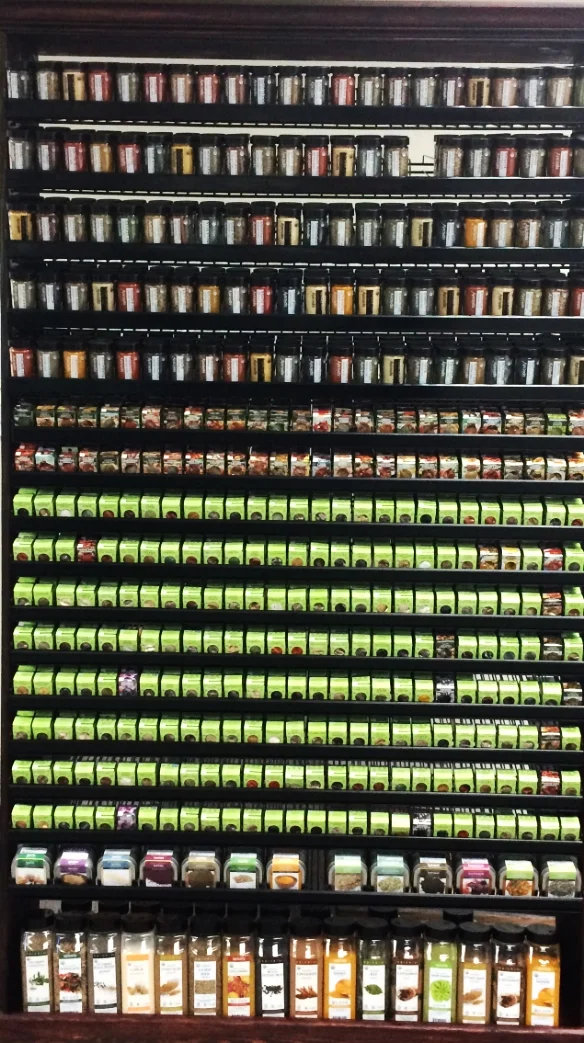Promotion of natural and organic products by retailers has put greater awareness in front of consumers. Many large conventional retailers have already developed organic programs and have added organic lines into their inventory, and restaurants, cafeterias, and food service providers are all incorporating organic foods into their menus, including Yale and UC Berkeley.
According to the Food Marketing Institute, growing concerns by consumers about conglomerate agribusiness, chemical warfare against pests, and the balance of delicate ecosystems have been the main drivers behind the demand for organics, and has caused this once small market to increase substantially since 1999.
Today, sixty percent of people believe organic foods are better for health, and their appeal extends to environmentalists, conservationists, and those opposed to bioengineered foods. On a subjective level, many people, including chefs, believe that organic food tastes better.
In 2003, organic foods and beverages held 46 percent of all U.S. retail food and beverage sales, increasing to 50 percent in 2007, with conventional food, drug, and mass merchandisers accounting for more than 75 percent of sales.
As demand rises, organics will continue to take a growing share of the sector. The United States Organic Food Market Forecast and Opportunities for 2018 predicts that the organic food market in the United States will grow at the CAGR (Compound Annual Growth Rate) of another 14% during 2014-18 as consumers who purchase organics, 59 percent of whom are loyal, continue to follow emerging trends.
For retailers, sales strategies include in-store advertising, cooking demonstrations, and educating on-site store employees, carrying targeted categories such as salads rather than a few scattered products, pre-packed vegetables, and promotional pricing.
Consumers who purchase organic foods are concerned with freshness over appearance. Retailers are willing to be flexible regarding the whims of Mother Nature, seasonal supplies, and the size of supply chain operations.
Here are some notable changes occurring in the U.S. organic food sector.
- Organic food has penetrated the mass-market channel
- Organic foods are no longer being sold exclusively in natural product stores.
- Social and environmental awareness among consumers is increasing.
- Consumers are willing to pay a price premium to support sustainable organic farming.
- Widening distribution channels are contributing towards market growth.
According to a new market report by Transparency Market Research, the demand for organic food and beverages was valued at USD 70.70 billion in 2012 is expected to reach USD 187.85 billion by 2019, growing at a CAGR of 15.5% from 2013 to 2019.
Globally, organic farming is practiced in 162 countries, and organic foods account for 80.6% share of the overall demand. France, Europe’s largest agricultural producer, is boosting research and training in organic growing techniques, and has seen an increase of 6.6 percent in sales of organic food since 2012. (May 31, Reuters)
Organic coffee, tea, and other non-dairy beverages were the market leaders in organic beverages. Organic coffee and tea accounted for 39.8% of the total beverage revenue share in 2012.
Rising awareness among consumers regarding the health benefits of nutraceuticals are driving the global market. Nutriceuticals in teas and spices in particular are among the leaders in medicinal food products because they are known to support immune function and improve health. These are outpacing traditional markets, with the U.S. being the largest market, expected to have a 21 percent growth by 2015.
The Organic Trade Association (OTA), the membership-based business association for the organic industry in North America, found these statistics.
- According to a study done in 2010 by the Hartman Group, one-third of U.S. consumers polled purchase organic products monthly. This is up 11 percent since 2000.
- 2009 U.S. Families' Organic Attitudes and Belief Study shows that 31 percent of families are buying more organic products than they did the year before, with their largest increase in spending being on organic food.
- More than 35 percent of survey respondents said they would pay more for environmentally friendly products.
- 48 percent are buying as much or more organic food than before the economic downturn.
- According to Consumers Union, 66 percent of organic food consumers are concerned about genetically engineered seeds tainting their organic food.
- A survey by Mambo Sprouts Marketing showed that consumers are going back to basics to bolster their health. 84 percent take vitamins, and 68 percent choose organic foods.
Anyone who’s on the fence about organics should know that the current national and worldwide indicators point to spiraling growth over the next five years as consumers continue to look for better solutions to disease prevention and ways to improve their overall health and well being.
Sources:
- FDA FoodMarketing Institute
- Natural Marketing Institute - 2004 Health and Wellness Trends Report.
- Consumer preferences for emerging trends in organics: product origin and scale of supply chain operations
- France aims to double organic farmland by 2017
- Beyond Organic and Natural: Resolving Confusion in Marketing Foods and Beverages
- Organic Trade Association: 2009 US Familie's Organic Attitudes & Beliefs Study




